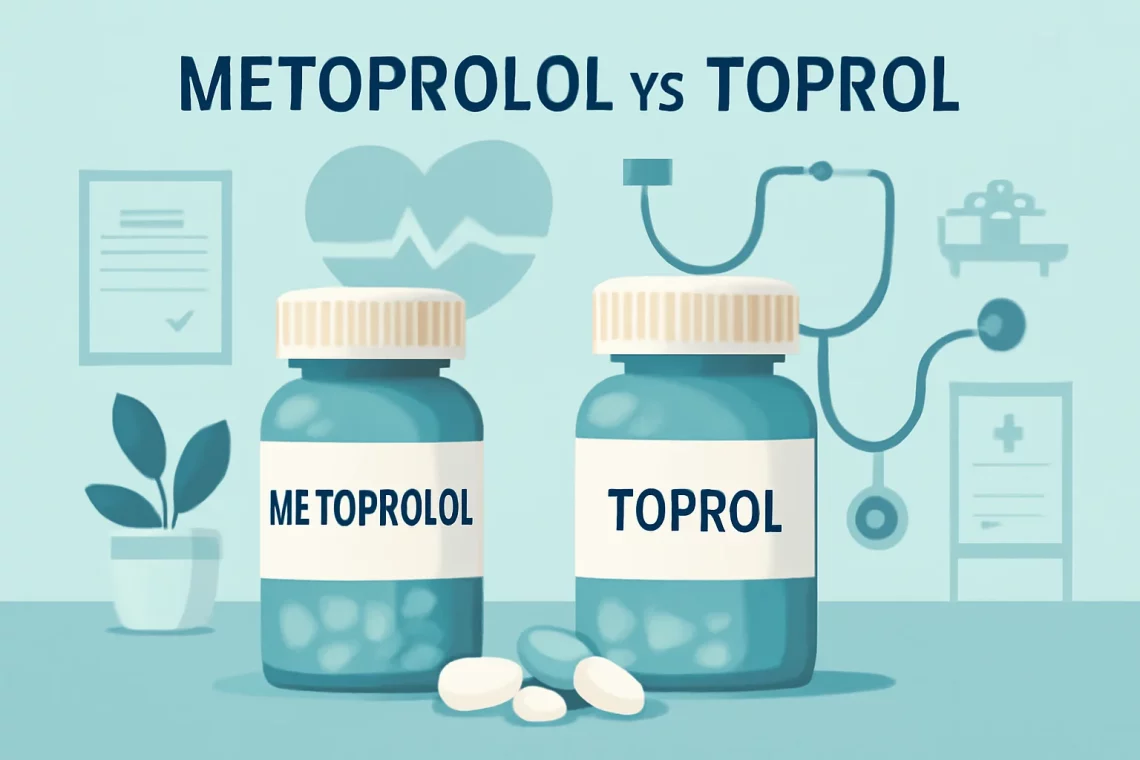-
Lexapro vs Wellbutrin: Choosing the Right Antidepressant for You
The landscape of mental health medications is broad and diverse, with various options available to help individuals manage their conditions. Among these, Lexapro and Wellbutrin stand out as popular choices for treating depression and anxiety. While both medications aim to alleviate symptoms of mood disorders, they belong to different classes of antidepressants and work through distinct mechanisms in the brain. Understanding the nuances of these medications can empower patients and their healthcare providers to make informed decisions about treatment options. As mental health continues to gain recognition, it is essential to explore the efficacy, side effects, and overall patient experience associated with different medications. Each person’s journey with mental health…
-
Doxycycline vs Levaquin: Key Differences and Uses Explained
Doxycycline and Levaquin are two antibiotics commonly prescribed to treat a variety of bacterial infections. Both medications have distinct mechanisms of action, efficacy profiles, and side effects, which can significantly influence their use in clinical settings. Understanding the differences between these two drugs is vital for healthcare professionals and patients alike when making informed decisions about treatment options. The choice between Doxycycline and Levaquin may depend on various factors, including the type of infection being treated, patient medical history, and potential drug interactions. Doxycycline, a tetracycline antibiotic, is effective against a broad spectrum of bacteria and is often utilized for infections such as acne, respiratory tract infections, and certain sexually…
-
Entresto vs Enalapril: Which Heart Failure Treatment Is Right for You?
Heart disease remains one of the leading causes of mortality worldwide, making effective treatment options more crucial than ever. Among the most commonly prescribed medications for heart failure are Entresto and Enalapril. Both of these drugs serve to improve heart function and alleviate symptoms associated with heart failure, but they do so through different mechanisms and active ingredients. Understanding the differences between these two medications can empower patients and caregivers to make informed choices regarding heart health. Entresto is a combination drug that includes sacubitril and valsartan, while Enalapril belongs to the class of drugs known as ACE inhibitors. Each medication has its unique benefits and side effects, and the…
-
Azithromycin vs Doxycycline: Which Antibiotic Is Right for You?
-
Vraylar vs Zyprexa: A Comprehensive Comparison of Two Antipsychotics
Mental health issues have become increasingly prevalent in today’s society, prompting a growing need for effective treatment options. Among the various medications available for managing conditions such as schizophrenia and bipolar disorder, Vraylar and Zyprexa stand out as popular choices. These medications belong to a class known as atypical antipsychotics, which are designed to address the symptoms often associated with these mental health disorders. Understanding the differences between Vraylar and Zyprexa is crucial for patients, caregivers, and healthcare professionals alike. Each medication has its unique mechanism of action, side effects, and efficacy profiles, making it essential to evaluate them carefully in the context of individual patient needs. In this discussion,…
-
Buspirone vs Hydroxyzine: Which Anxiety Medication is Right for You?
In the realm of mental health and anxiety management, medication plays a crucial role for many individuals seeking relief from their symptoms. Among the various options available, Buspirone and Hydroxyzine are two medications often discussed for their effectiveness in treating anxiety-related conditions. While both belong to the broader category of anxiolytics, they differ significantly in their mechanisms of action, side effects, and overall use cases. Understanding these differences is vital for anyone considering treatment options for anxiety or related disorders. Both medications offer unique benefits and potential drawbacks, making it essential for individuals to evaluate their personal health needs and consult with healthcare professionals. The choice between Buspirone and Hydroxyzine…
-
Metoprolol vs Toprol: Understanding the Key Differences and Uses
Metoprolol and Toprol are two terms often used interchangeably in the world of cardiovascular medications. These medications belong to a class known as beta-blockers, which are primarily used to manage high blood pressure, heart rhythm disorders, and other heart-related conditions. Despite their similarities, it is crucial to understand that Metoprolol and Toprol, while closely related, are not exactly the same. Their differences can significantly impact how they are prescribed and how they function in the body. Beta-blockers like Metoprolol work by blocking the effects of adrenaline on the heart and blood vessels. This action leads to a decrease in heart rate and blood pressure, making it easier for the heart…
-
Lyrica vs Neurontin: Choosing the Right Treatment for Nerve Pain
Lyrica and Neurontin are two medications commonly used to treat nerve pain and other neurological conditions. While they are often mentioned in conjunction with each other, these drugs have distinct properties and uses. Both medications belong to a class known as anticonvulsants, but they have different mechanisms of action, side effects, and indications. Understanding these differences is crucial for patients and healthcare providers alike, as it can help optimize treatment strategies for various conditions, including neuropathic pain, fibromyalgia, and seizures. The growing prevalence of chronic pain and neurological disorders has led to an increased demand for effective pain management options. Patients are increasingly seeking alternatives to traditional pain relievers, prompting…
-
Meloxicam vs Indomethacin: Which Anti-Inflammatory is Better?
Meloxicam and indomethacin are both nonsteroidal anti-inflammatory drugs (NSAIDs) commonly used to relieve pain, reduce inflammation, and enhance mobility in individuals suffering from various conditions such as arthritis, osteoarthritis, and other musculoskeletal disorders. They belong to a class of medications known for their effectiveness in treating pain and inflammation by inhibiting specific enzymes that contribute to the production of inflammatory substances in the body. While both medications are effective in managing symptoms, they possess distinct characteristics, mechanisms of action, and potential side effects that can influence a healthcare provider’s choice in prescribing them. Understanding the differences and similarities between meloxicam and indomethacin is crucial for patients and healthcare professionals alike.…
-
Tramadol vs Hydrocodone: Key Differences and Similarities Explained
The use of prescription medications for pain management has become increasingly common in recent years. Among these medications, Tramadol and Hydrocodone are two widely prescribed options that serve as effective analgesics. Both drugs belong to the class of opioids, but they have different mechanisms of action, side effects, and potential for addiction. As pain management continues to evolve, understanding the differences and similarities between these two medications is crucial for patients, healthcare providers, and caregivers. Tramadol is a synthetic opioid that works by binding to the brain’s pain receptors, while also inhibiting the reuptake of neurotransmitters like serotonin and norepinephrine. This dual mechanism allows Tramadol to provide relief from moderate…





































